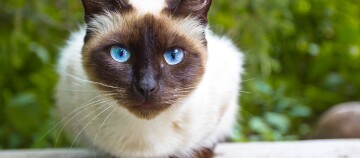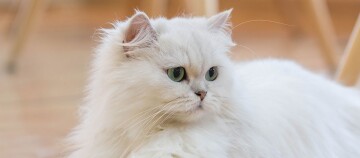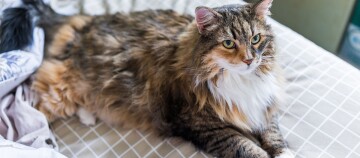Siberian Cat - a Playful and Beautiful House Cat That Enjoys Company
01.01.2024 - Reading time: 3 minutes
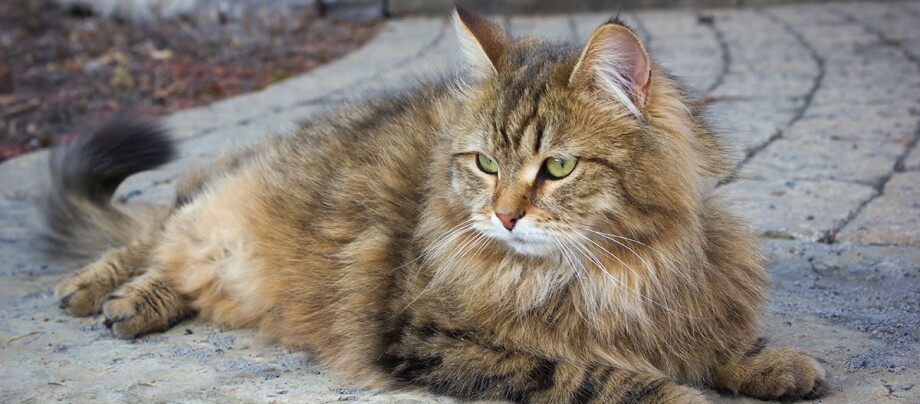
From the icy expanses of Siberia directly into our hearts - for this breed a real cat's leap! The Siberian cat delights fans of fluffy fur noses with its amiable disposition, its loyalty and of course its extravagant coat. But the Siberian cat also has a lot to offer apart from its beautiful appearance!
NewsletterSiberian Cat
Breed | Siberian Cat |
Origin | Russia, Ukraine |
Size | medium-sized, length up to 120 cm |
Weight | 4.5 kg - 8 kg (male), 3 kg - 6 kg (female) |
Eyes | Blue, yellow, gold, green |
Hair | half-length, plush, in summer without undercoat, in winter with dense undercoat |
Colour | multicoloured, black, grey, brown, red, white, cream, also tabby markings possible |
Owning and keeping | outdoor cat and house cat |
Nature | loyal, social, affectionate, playful |
How the Siberian cat came to Europe
The name is not by accident: the Siberian cat actually originates from Russia and the Ukraine. They braved the bone-chilling cold there thanks to their thick coat and quickly established themselves as a popular mouse catcher. However, up until the end of the 1980s they were hardly known outside of Russia. In the course of the 1990s they found their way through East Germany to more and more friends in the west, and quickly became a popular breeding cat. Since 1992 the Siberian cat has been officially recognised as a breed by the World Cat Federation.
Appearance: How to recognize a Siberian cat
In order to adapt to the particularly cold weather in their old home country, they still have a particularly dense and fast-drying undercoat. What are known as snow shoes also help here: this refers to the small tufts of fur between the pads, which make walking in the snow easier for all representatives of the forest cat breed (such as Maine Coons or Norwegian Forest Cats). The semi-long coat is very voluminous, especially in winter, and almost all colour variants are accepted, except for the chocolate and cinnamon colourings as well as Burmese and Tonkanese markings, which are not recognised. A special class are Siberian cats with Siamese markings called Neva Masquerade. Otherwise, Siberians have a magnificent collar and “knickerbockers”, i.e. particularly plush fur on the upper hind legs.
Beautiful fur doesn’t take care of itself – or does it?
At first glance, the fine fur of the Siberian cat makes many a cat lover’s hair stand on end – but this concern is unfounded. In fact, the Siberian cat manages to keep its fur clean and free of knots largely on its own. Only in times of coat change should a brush be used once a week. If the cat is accustomed to this ritual at an early age, it will even enjoy being caressed in this way.
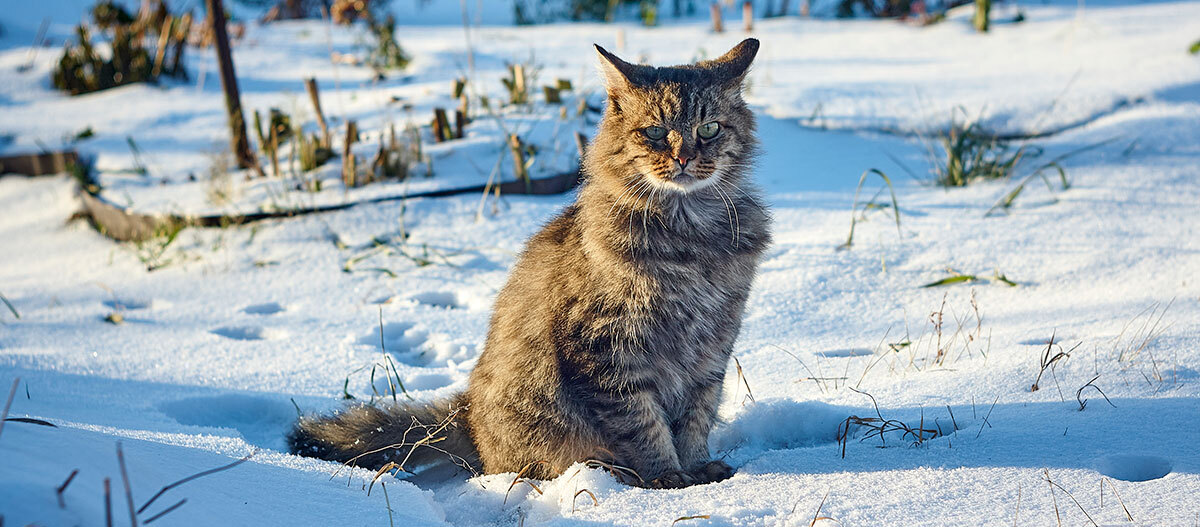
Siberian cat: character and activity
In general, the Siberian cat is a very social animal that likes company. Therefore, if possible, it should be kept with another cat. The Siberian cat is also generally friendly towards other animals. It can be kept as a house cat without any problems, but then it should have enough options to climb and play. A special feature of the Siberian cat is its love of water: These cats like to play in a still wet shower or tub, and a dripping tap can provide hours of entertainment. Even a water bowl quickly becomes a toy for them, so it’s best to put a place mat or something similar underneath.
